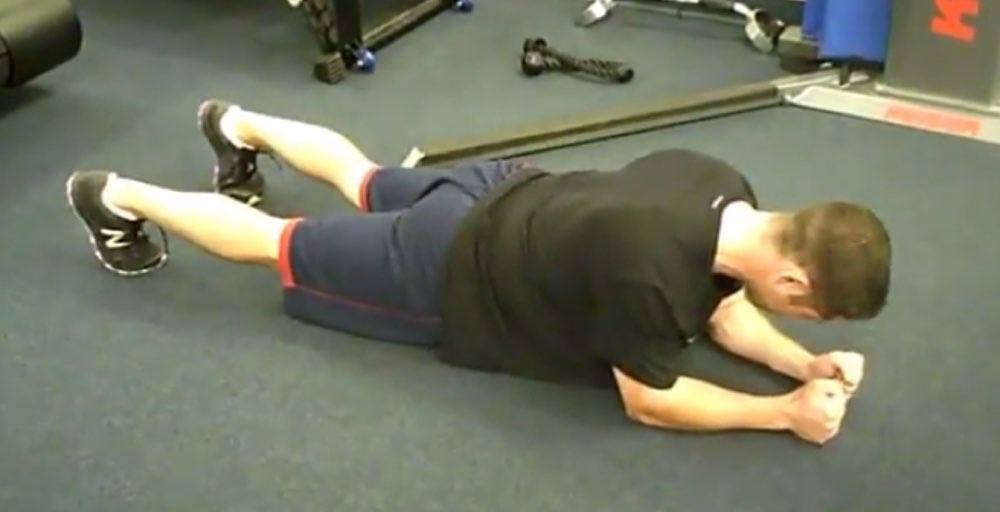A lot of attention has been placed on core training over the last several years, both in the rehab and fitness industry. I recently watched my friend Nick Tumminello’s latest product Core Training: Facts, Fallacies, and Top Techniques and it made me think.
We’ve made exceptional progress in our understanding of the core and have shifted away from isolated ab training to integrated core training. My DVD with Eric Cressey on Functional Stability Training for the Core discussed this at length and showed a nice system to effectively train every aspect of the core.
However, the more I read on the internet the more I wonder if we are still missing the boat a little bit. I’ll chalk this up as a another pendulum swing, but while we have progressed away from isolated abdominal exercises like sit ups, I wonder if we have swung too far to an extreme and started to focus only on isometric anti-movement exercises for the core.
Anti-Movement Core Exercises
Realistically the core helps stabilize the body and allow a transfer of energy.
Anti-movement exercises, such as planks for anti-extension, should be the foundation of the basic levels of core training.
Once your baseline ability to maintain an isometric posture with the core is obtained, the next progression is to control limb movement with a stable core. This involves combining upper body and lower body movements while maintain a stable core. An example of this would be an anti-extension drill with TRX Rip Trainer.
However, the core does need to “move” during normal function. It rotates, bends, flexes, extends, and all of these at once! Should we train this?
Don’t Forget the Trunk is Designed to Move
I would say we should. I think the difference here is to train these movements within a stable range of motion. We should be training the body to work within it’s normal mobility, but to stabilize at end range of motion.
We get into problems with core movements, like rotation, when we depend on our static stabilizers, like the joints and ligaments, to control end range instead of our muscular dynamic stabilizers.
Perhaps the goals should be to train to control the core at end range of motion.
End Range Core Stability
These types of drills would include chops, lifts, push-pull movements on a cable or Keiser system, and medicine ball drills. You are probably doing these already, right?
They all involve a transfer of energy from the limbs through the core. The core needs to move during these exercises, but you are working in the mid ranges of motion and controlling end range. These should also progress to include functional movements patterns like swings, throws, and kicks.
In the video above, I combine the act of throwing and decelerating in the half kneel position. This takes the lower half out of it and requires the core to stabilize.
I guess the point is that we shouldn’t be afraid to move the core. That is not beneficial to teach our patients, clients, and athletes. Rather, train the core to move and stabilize at end range of motion to take stress off the structures of the spine.





